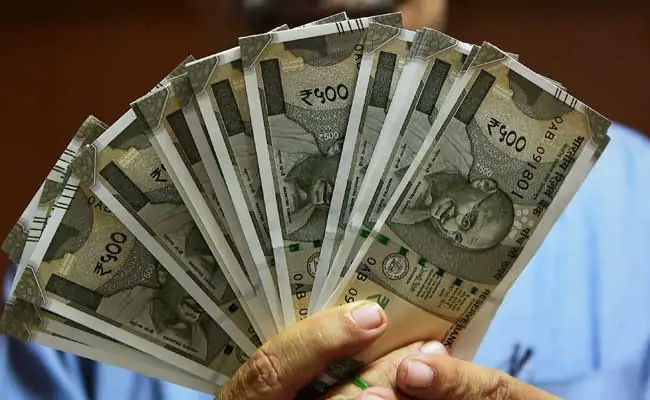
Speculation about the discontinuation of the ₹500 note is gaining momentum. Similar to the ₹2000 note, there are talks that the printing of ₹500 notes might also be halted. Here’s when the circulation of ₹500 notes could potentially come to an end.
The government is consistently working to boost digital payments across the country. As part of this initiative, there is ongoing discussion about phasing out high-denomination currency notes. The RBI has already halted the printing of ₹2,000 notes, and now there are indications that ₹500 notes might be next. Experts share insights on when the ₹500 notes could be withdrawn, what changes to expect afterward, and what the government’s strategy might be going forward.
Banking expert Ashwani Rana suggests that the government might phase out ₹500 notes after March 2026, with approval from the RBI. The RBI has already taken steps to reduce the use of high-value currency, as seen with the near disappearance of ₹2000 notes. A similar gradual approach is expected for ₹500 notes. Instead of a sudden move like demonetization, the government is likely to proceed step-by-step. Experts believe the RBI may first direct banks to increase the circulation of smaller denominations like ₹100 and ₹200 through ATMs, before making any official announcement.
Will 500 rupee notes not remain in circulation?
According to Ashwini Rana, the government will reduce the circulation of 500 rupee notes. It will not stop it completely. People will be given enough time to deposit their money. With this, gradually RBI will accumulate 500 rupee stock and the notes will stop appearing in the market.
Demand for 100-200 rupee notes
The government will increase the circulation of 100 and 200 rupee notes to stop the circulation of 500 rupee notes. The number of 100 and 200 rupee notes in ATMs will be gradually increased and the 500 rupee notes will stop looking like 2000 rupee notes and in this way all the notes will gradually reach the banks.
